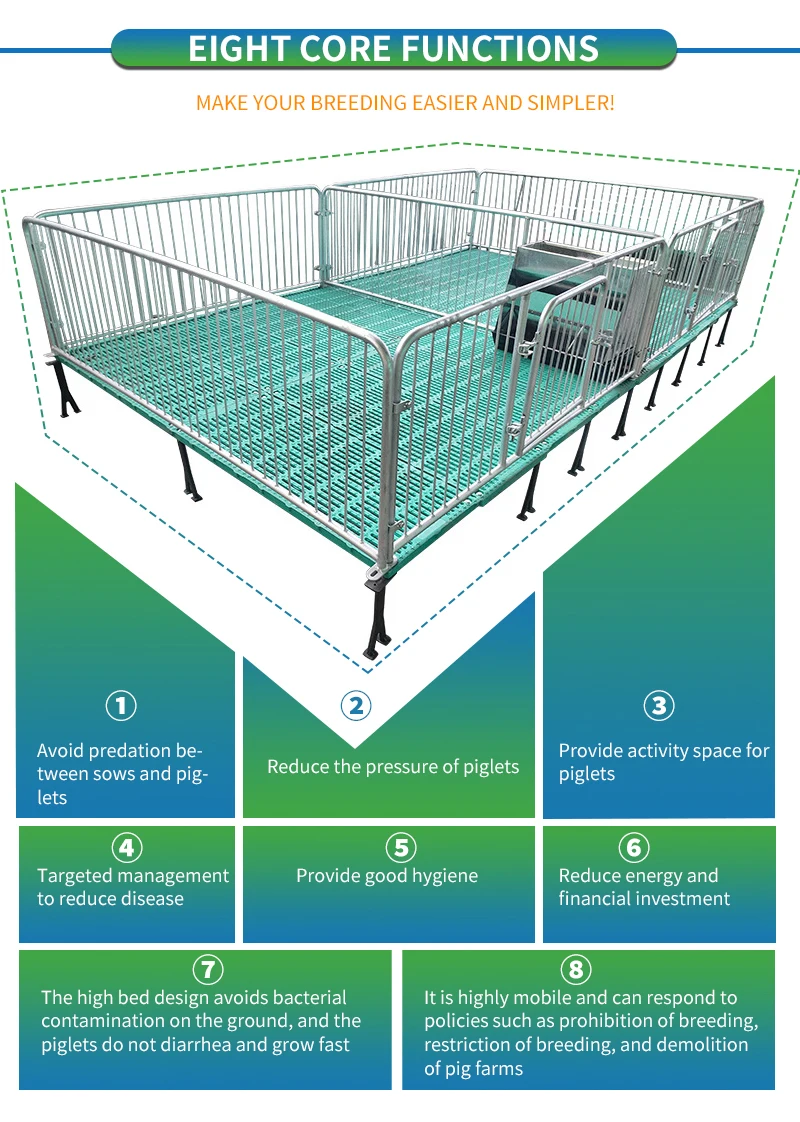floating feed extruder machine
Nov . 08, 2024 17:07 Back to list
floating feed extruder machine
Understanding the Floating Feed Extruder Machine A Key Innovation in Aquaculture
In the ever-evolving world of aquaculture, the quest for efficient and sustainable feeding solutions has led to the development of various innovative technologies. Among these, the floating feed extruder machine stands out as a pivotal advancement, significantly enhancing fish farming practices. This article delves into the workings, benefits, and implications of floating feed extruder machines.
What is a Floating Feed Extruder Machine?
A floating feed extruder machine is a specialized piece of equipment used to produce a variety of fish feed formulations. These machines process raw ingredients such as fishmeal, soybean meal, corn, and other nutritional components through a combination of heat, moisture, and mechanical pressure. The outcome is a pelletized feed that floats on the water’s surface, making it easily accessible to aquatic animals.
How Does It Work?
The operation of a floating feed extruder machine involves several stages. Initially, the raw materials are mixed in the correct proportions to create a homogeneous blend. This mixture then enters the extruder, where it is subjected to intense heat and pressure. This dual treatment not only cooks the feed but also gelatinizes the starches, creating a buoyant pellet. After extrusion, the feed can be cut into various sizes, tailored to the dietary needs of different species of fish.
Benefits of Using Floating Feed Extruders
1. Improved Feed Efficiency The design and functionality of floating feed extruder machines ensure that the nutrients in the feed are maximized. Fish tend to consume floating pellets more readily, which minimizes waste and ensures better feed conversion ratios.
2. Customizable Formulation Aquaculture varies widely across different regions and fish species. Floating feed extruders can be adjusted to produce pellets with specific nutrient profiles, catering to the particular needs of the fish being farmed.
floating feed extruder machine

3. Enhanced Water Quality Due to lower feed wastage, floating feed can lead to improved water quality. Uneaten feed sinks and decomposes, increasing the risk of pollution and disease in fish farms. Floating pellets reduce this issue, contributing to a healthier environment for aquatic life.
4. Ease of Use Floating feed is generally easier to handle and store. The pellets remain buoyant and do not clump together, making them convenient for both feeding and transportation.
5. Economic Viability Although the initial investment in a floating feed extruder machine may be significant, the long-term savings due to increased feed efficiency, reduced waste, and enhanced growth rates can make it economically advantageous for fish farmers.
Environmental Considerations
With the global emphasis on sustainability, the floating feed extruder machine also plays a role in promoting environmentally responsible aquaculture practices. Efficient feed production reduces the dependency on wild-caught fish for meal components and allows for the incorporation of alternative ingredients, such as plant proteins and insect meals. This shift not only helps in conserving marine biodiversity but also lowers the carbon footprint associated with traditional fish feed production methods.
Conclusion
The floating feed extruder machine represents a significant leap forward in aquaculture technology, aligning with the industry’s need for efficiency, sustainability, and customization. As the demand for fish continues to rise, the adoption of such innovative machinery ensures that aquaculture can meet global food security challenges while promoting environmental stewardship.
In summary, floating feed extruder machines not only enhance feeding practices but also contribute to the overall health of aquatic ecosystems. As aquaculture continues to develop, embracing technologies that are both effective and sustainable will be critical in ensuring the long-term success of the industry. With ongoing advancements and research, the future of floating feed production looks promising, paving the way for more productive and environmentally friendly fish farming practices.
-
Automatic Feeding Line System-Pan Feeder Nipple Drinker|Anping County Yize Metal Products Co., Ltd.
NewsJul.29,2025
-
Hot Sale 24 & 18 Door Rabbit Cages - Premium Breeding Solutions
NewsJul.25,2025
-
Automatic Feeding Line System Pan Feeder Nipple Drinker - Anping County Yize Metal Products Co., Ltd.
NewsJul.21,2025
-
Automatic Feeding Line System Pan Feeder Nipple Drinker - Anping County Yize Metal Products Co., Ltd.
NewsJul.21,2025
-
Automatic Feeding Line System - Anping Yize | Precision & Nipple
NewsJul.21,2025
-
Automatic Feeding Line System - Anping Yize | Precision & Nipple
NewsJul.21,2025






